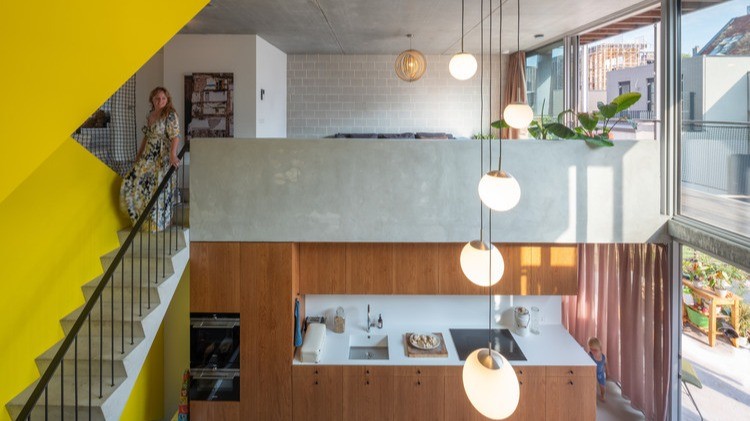
In recent years, there has been a significant shift in the way people choose to live. The rise of co-living spaces is a trend that is reshaping the traditional concept of shared living. With a focus on community, convenience, and collaboration, these modern living arrangements are transforming the way we think about interior design.
What is Co-Living and Why is it Gaining Popularity?
Co-living is a housing concept where residents share living spaces and amenities, fostering a sense of community and connection. It provides a more affordable option for urban dwellers looking for a sense of belonging in a fast-paced world. The rise of co-living spaces can be attributed to the changing lifestyles and preferences of millennials and young professionals, who value experiences and social interactions over material possessions.
Co-living spaces offer a range of benefits, including cost savings, flexible lease terms, and access to shared amenities such as co-working spaces, gyms, and communal kitchens. With the rise of remote work and the gig economy, co-living provides a modern solution for those seeking a balance between work, life, and social connections.
How is Interior Design Being Redefined in Co-Living Spaces?
Interior design plays a crucial role in creating a comfortable and functional living environment in co-living spaces. Designers are now focusing on creating multifunctional spaces that can accommodate a variety of activities, from work to leisure. Open layouts, modular furniture, and smart storage solutions are popular design elements that maximize space and promote a sense of community.
In co-living spaces, interior design goes beyond aesthetics to prioritize functionality and flexibility. Shared common areas are designed to encourage social interaction and collaboration, while private bedrooms offer residents a retreat for personal time. Designers are also incorporating sustainable materials and energy-efficient solutions to create eco-friendly living spaces that promote wellness and mindfulness.
The Impact of Technology on Co-Living Interior Design
Technology is playing an increasingly important role in shaping the interior design of co-living spaces. Smart home systems, IoT devices, and digital platforms are being integrated into living spaces to enhance convenience and connectivity. Residents can control lighting, temperature, and security systems with a touch of a button, creating a personalized and efficient living experience. Virtual reality and augmented reality are also being used to visualize and customize interior design concepts, allowing residents to tailor their living spaces to their preferences. Online platforms and apps enable residents to connect with their community, book shared amenities, and organize social events, fostering a sense of belonging and camaraderie.
The Future of Co-Living Interior Design
The rise of co-living spaces is redefining the way we think about shared living and interior design. As the trend continues to grow, designers will need to innovate and adapt to meet the evolving needs and preferences of residents. From sustainable design practices to collaborative living solutions, co-living interior design is shaping the future of urban living.
In conclusion, the rise of co-living spaces is revolutionizing the way we live, work, and socialize. With a focus on community, convenience, and collaboration, these modern living arrangements are transforming the traditional concept of shared living. By redefining interior design, co-living spaces are creating a new standard for urban living that prioritizes connectivity, sustainability, and well-being.
